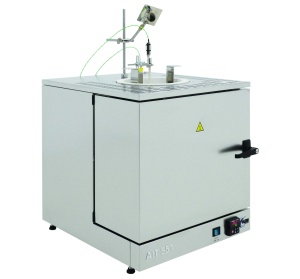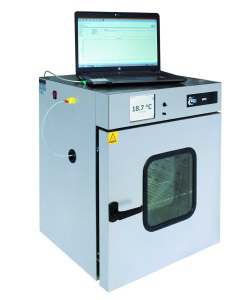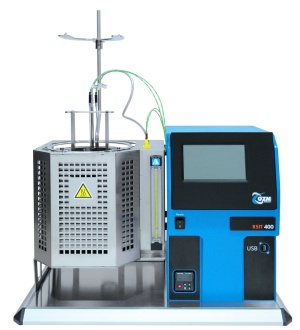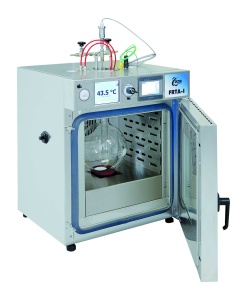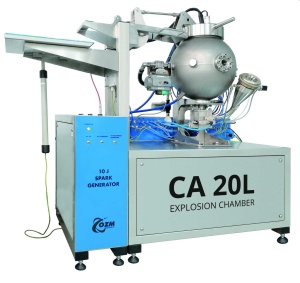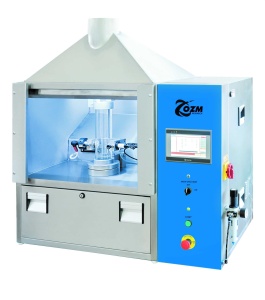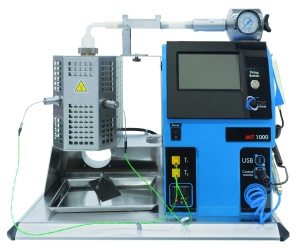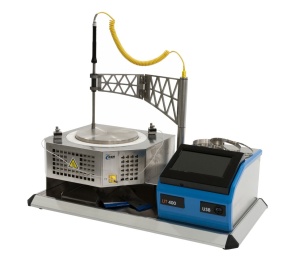Protection of people working with hazardous substances and products is covered by two major regulations in the European Union. The first one is the EC regulation No. 1272/2008 “Classification, Labeling and Packaging”, incorporating the classification criteria and labeling rules agreed at the United Nations level, in the Globally Harmonized System of Classification and Labeling of Chemicals (GHS). The second one is the European Union regulation “Registration, Evaluation, Authorization and Restriction of Chemicals” (REACH). REACH addresses the production and use of chemical substances, and their potential impacts on both human health and the environment. Both regulations require to characterize hazardous properties of materials.
Autoignition temperature of liquid chemicals can be determined by the AIT 551. The self-heating test (SHT 150) characterizes ability of substances to self-oxidative heating and decomposition. The RSIT 400 (Relative Self-Ignition Temperature for Solids) instrument is used to measure self-ignition temperature of solid chemicals.
The FRTA I is designed to determine the lower and upper concentration limits (LFL, UFL) of flammability of chemicals having sufficient vapor pressure to form flammable mixtures in the air at the barometric pressure at the test temperature. Flammability limits of gases, vapors, dusts and hybrid mixtures can also be determined using explosion chambers of various volumes, such as 20 L (CA 20L) and 1 m3 (CA 1M3).
Protection of workers against explosion as one of the major industrial hazards is covered by the Directive 1999/92/EC of the European Parliament and of the Council on minimum requirements for improving the safety and health protection of workers potentially at risk from explosive atmospheres, known as ATEX 153 directive. Hazardous properties of materials presented at the workplace need to be properly characterized according to that directive. For the flammable gases and vapors, ignitability and flammability limits (FRTA I, CA 20L, CA 1M3) should be determined. Measurement of autoignition temperature by AIT 551 is the next test. Ignitability can be characterized by the minimum ignition energy measurement in MIE-D 1.2 together with flammability limits in CA 20L and CA 1M3 explosion chambers.
Maximum explosion pressure and maximum rate of pressure rise together with the limiting oxygen concentration can also be measured in CA 20L or CA 1M3 explosion chambers. Risk analysis at workplace also requires knowledge of a minimum temperature of a hot surface which may lead to a dust cloud ignition (MIT 1000). Knowing the minimum temperature of ignition of a dust layer (LIT 400) provides another important information for the prevention of fires in the process industries.
